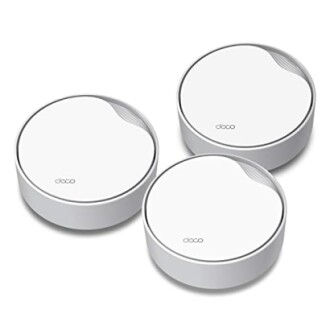
Ultimate Guide to Choosing Computer Peripherals
Delve into key factors for picking the right computer peripherals that suit your unique home office needs. This guide will help you navigate through various options, ensuring you create your ideal workspace.
Key Takeaways
- Understand the core types of computer peripherals: input, output, and storage.
- Prioritize features that enhance ergonomics for comfort during long working hours.
- Consider connectivity options such as USB, Bluetooth, and Wi-Fi.
- Evaluate the brand reputation and warranty options available.
- Tailor your selections based on specific use cases, such as gaming or professional work.
What Are Computer Peripherals?
Computer peripherals are devices that connect to your computer to add functionality and improve user experience. They can be categorized into three main types:
- Input Devices: Include keyboards, mice, and scanners that allow users to enter data.
- Output Devices: Such as monitors and printers that present data to the user.
- Storage Devices: Devices like external hard drives and USB flash drives that store data.
Why Choosing the Right Peripherals Is Important
The right peripherals can make a significant difference in your productivity and comfort. Here are some reasons to make informed choices:
- Enhance your computing experience by improving speed and efficiency.
- Reduce the risk of repetitive strain injuries with ergonomic designs.
- Increase your system's capabilities through advanced features.
Key Factors to Consider When Choosing Computer Peripherals
1. Compatibility
Always ensure that your chosen peripherals are compatible with your computer’s operating system and specifications. Some devices may only work with specific systems.
2. Ergonomics
Invest in ergonomic options like adjustable keyboards and mice. This can help prevent discomfort during long working hours.
3. Connectivity
Choose between wired and wireless options. Wired devices are generally more reliable, while wireless devices offer more flexibility.
4. Brand Reputation
It's advisable to select brands known for their quality and customer service, which can provide you peace of mind through warranties and support.
5. Use Case
Consider the primary tasks you will engage in. For instance, gamers might favor high-DPI gaming mice while professionals may prioritize multifunctional printers.”
Popular Types of Peripherals
| Peripheral Type | Description | Recommended Products |
|---|---|---|
| Keyboards | A device used for typing and entering commands. | Explore keyboard and mouse combos |
| Mice | Devices used to navigate and interact with the computer interface. | View more mouse options |
| Printers | Devices that produce hard copies of documents and images. | Check out our printer resources |
| Monitors | Displays that output visual information from the computer. | Learn about multi-monitor setups |
| Speakers | Output audio from the computer. | Discover audio equipment options |
Featured Products to Consider
TP-Link Deco AX3000 PoE Mesh WiFi
Experience ultra-fast Wi-Fi with the Deco AX3000, covering up to 6,500 sq. ft, perfect for both home and business settings.
Learn MoreAdditional Resources
If you want to further enhance your home office, check out these articles:
- Learn about ergonomic office chairs.
- Read our article on home office lighting.
- Discover the best computer desks.
- Find tips on cable management.
- Explore various docking stations.
Pros and Cons of Key Peripherals
Pros
- Enhanced productivity with the right tools
- Improved comfort through ergonomic designs
- Wider range of functionalities and features
Cons
- Can be costly, depending on the brand and type
- Some devices may require additional setup or software
Conclusion
Selecting the proper computer peripherals plays a vital role in optimizing your home office setup. From enhancing productivity to ensuring comfort, understanding your needs and doing research will lead you to the best choices. Don't hesitate to explore our buying guides for more assistance.
